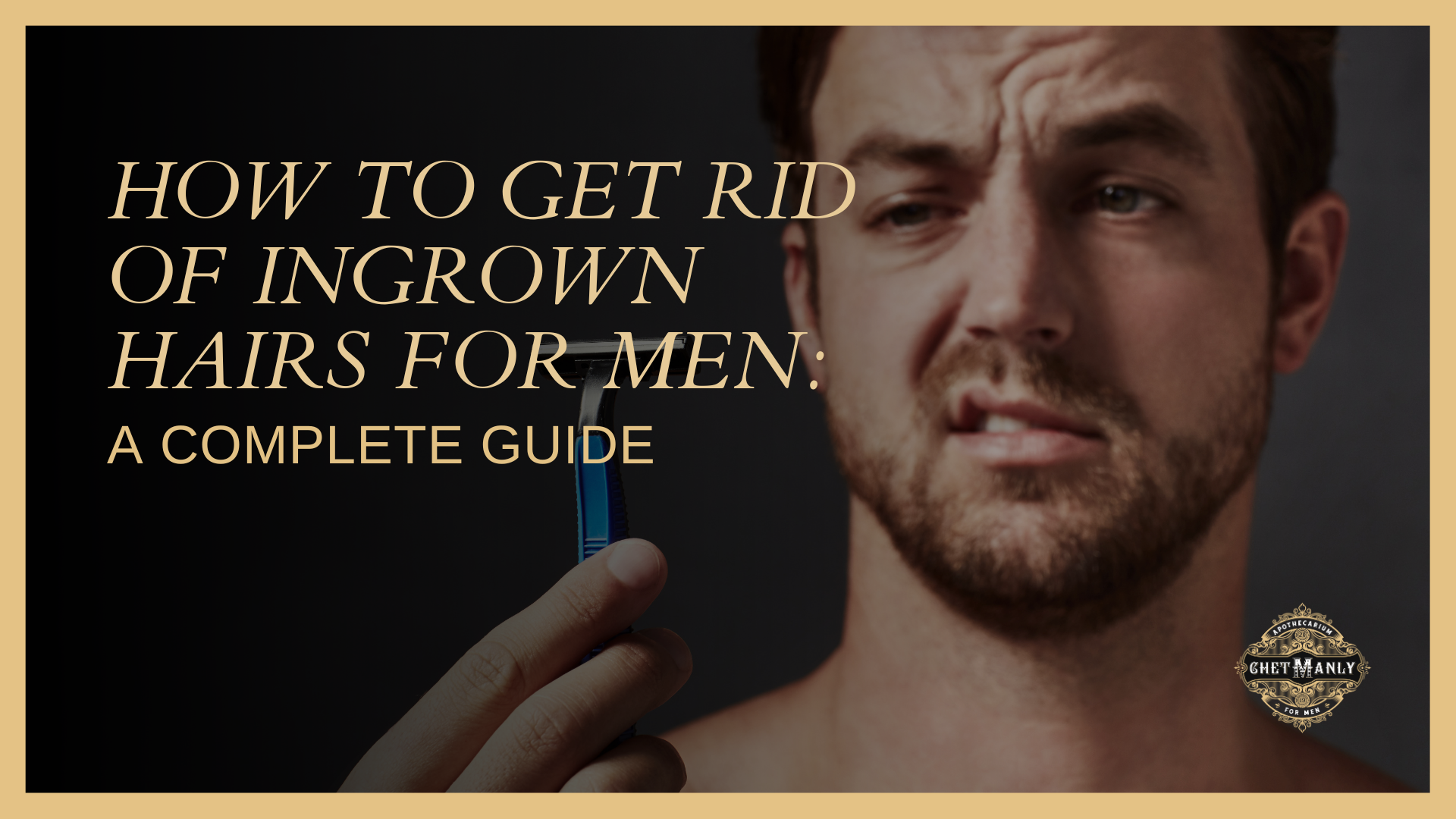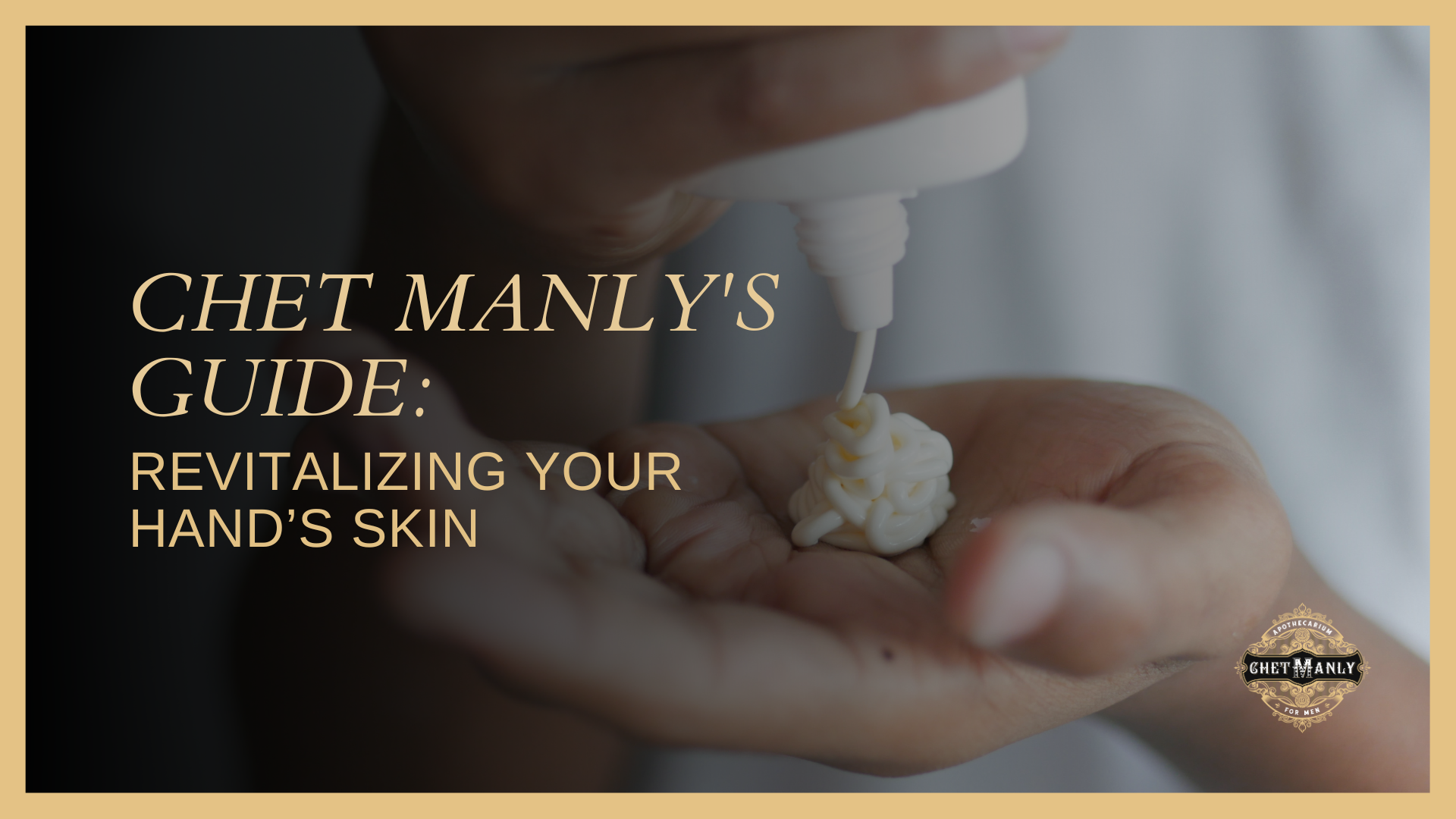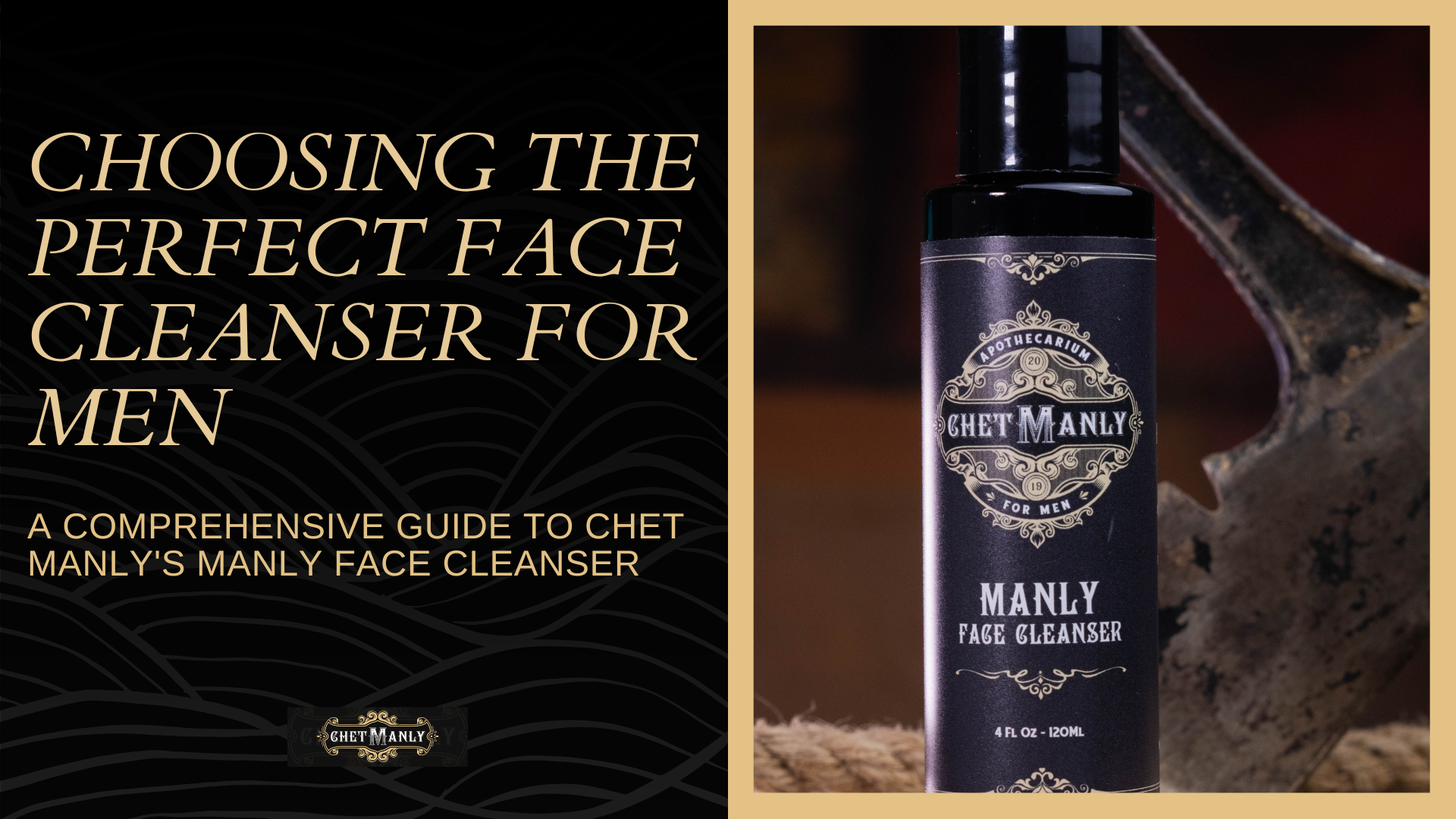

Ingrown hairs occur when a hair follicle grows back into the skin instead of emerging from the surface. They can resemble pimples and often lead to red bumps, inflammation, and tenderness. While anyone can experience ingrown hairs, men with thick and curly hair are more prone to this issue.
When you shave or trim your hair, especially with multiple-blade razors, the hairs can be cut too short, causing them to grow back into the skin. This can result in foreign body reactions, where the body sees the trapped hair shaft as an invader and responds with inflammation. The trapped hair creates a painful, tender bump beneath the surface of the skin.
Taking preventive measures can significantly reduce the occurrence of ingrown hairs. By following these simple tips, you can minimize the chances of developing ingrown hairs and enjoy smoother skin.
Before shaving, it's important to prepare your skin and hair follicles. Start by softening your facial hair with a warm washcloth for five to ten minutes. This helps to open up the pores and make your hair more pliable. Additionally, using a lubricating shaving gel will provide a smoother glide and reduce the risk of ingrown hairs.
When it comes to shaving, using the right technique is crucial. Opt for a single-blade razor if possible, as they are less likely to cut the hair too short beneath the skin's surface. Shaving along the grain of your hair, rather than against it, can also help prevent ingrown hairs. Shaving against the grain can result in a closer cut, but it increases the risk of irritation and trapped hairs.
After shaving, when your hair starts growing back, gently massage your beard area for five minutes before bed. Use a warm washcloth in circular motions to help loosen any hairs that may be starting to grow into the skin. This simple step can prevent the hair from becoming trapped and reduce the likelihood of ingrown hairs.
Exfoliating your skin once or twice a week with a gentle scrub can help prevent ingrown hairs. This process removes dead skin cells that can clog hair follicles and trap hairs beneath the surface. Additionally, topical retinoids can be beneficial for reducing hyperpigmentation or scarring caused by ingrown hairs, as they promote skin cell turnover.
Despite preventive measures, ingrown hairs can still occur. If you're dealing with an ingrown hair, there are several effective treatment options available. Here's what you can do to alleviate the discomfort and promote healing.
Applying warm compresses to the affected area can help un-trap the hair and reduce inflammation. Place a clean, warm cloth on the ingrown hair for 10-15 minutes several times a day. The warmth helps to open up the pores and encourage the hair to grow out of the skin's surface.
If the warm compresses don't provide relief, you may consider using over-the-counter treatments specifically designed for ingrown hairs. Look for products containing ingredients like salicylic acid, benzoyl peroxide, or hydrocortisone. These ingredients help exfoliate the skin, reduce inflammation, and promote the hair's upward growth.
In more severe cases or if self-treatment doesn't alleviate the issue, it's advisable to consult a dermatologist. A dermatologist can provide professional medical guidance and perform procedures to release the trapped hair safely. They may use a sterile needle or a sharp blade to nick the skin and extract the hair. In some cases, topical cortisone creams or oral antibiotics may be prescribed to reduce inflammation and prevent infection.
While most ingrown hairs can be managed with at-home treatments, there are instances where medical attention is necessary. If the ingrown hair becomes extremely painful, shows signs of infection such as redness, swelling, and pus, or if the redness spreads outward, it's important to consult a board-certified dermatologist promptly. They can assess the situation and provide appropriate medical intervention to prevent complications.
Ingrown hairs can be a frustrating issue for men, causing discomfort and affecting their appearance. By adopting preventive measures, such as preparing the skin before shaving, using the correct shaving technique, and regular exfoliation, you can minimize the occurrence of ingrown hairs. In cases where ingrown hairs do appear, warm compresses and over-the-counter treatments can provide relief. However, if the problem persists or worsens, consulting a dermatologist is recommended to ensure proper treatment and prevent complications. With the right approach, you can achieve smooth, irritation-free skin and say goodbye to ingrown hairs.


